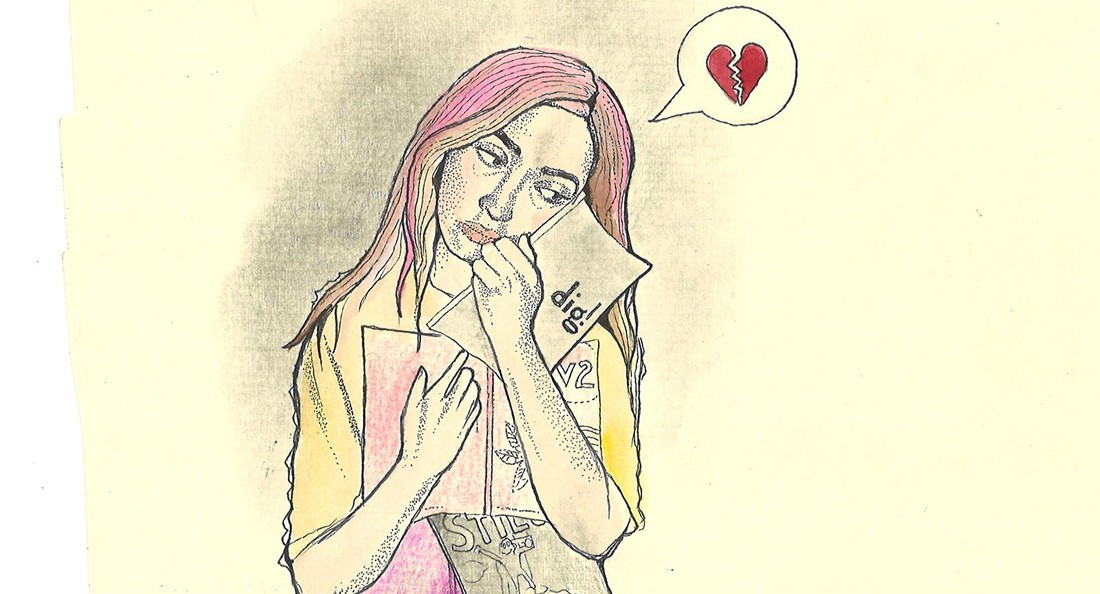Arts writing is digitalizing, not dying
Coverage and criticism harder to find, but still exists
Print arts coverage is on the decline.
In August, the Globe and Mail announced the end of their daily arts section, and Winnipeg has recently received news of the termination of dig! magazine, a local bi-monthly jazz publication.
Some in the Winnipeg arts scene believe coverage is just moving towards digital platforms.
According to Lynne Stefanchuk, executive director of Jazz Winnipeg, news is facing a transitory period.
“Local arts coverage gets harder and harder to navigate as traditional media outlets change their focus,” she says.
Both arts coverage (events listings) and arts criticism (writing about the relevance and meaning of arts pieces) are affected by this move away from print news. According to Eric Plamondon, executive director of Artspace, writing about the arts is important for improving the experience of seeing art and for building relationships between artists and the broader community.
“It gives you that kind of background of what is the work and what is the inspiration, so when you experience the art, it heightens that experience. It gives you a deeper appreciation and understanding of what’s happening,” Plamondon says.
This understanding is especially important for supporting emerging artists and public art.
“It’s how you can tie the community (to the arts), how you can tie the public to what it happening. It is that bridge, it’s that contextualization,” Plamondon says.
“We’re losing the awareness of what impact art has in a community.”
For many years, Jazz Winnipeg acted as the administrative team for dig! magazine. Stefanchuk anticipates that dig! will be missed as a resource for what’s going on in town but says that Jazz Winnipeg has plans for digital content she hopes will fill the void.
The decision to cease production of dig! was proposed by the editorial team of Charlene Diehl and Steve Kirby in July 2017. Jazz Winnipeg agreed to this decision before learning that Kirby had been investigated for sexual harassment at the University of Manitoba.
Stefanchuk is optimistic about the future of arts coverage and criticism.
“More and more of it is generated by artists themselves,” Stefanchuk says. “I think (arts coverage will come from) the smaller, more thoughtful publications that have ties in the community.”
“We’re not simple accepting that magazines are dying and publications are dying. We’re trying to find other outlets,” Plamondon agrees.
However, Plamondon cites the limits of artists and arts organizations.
“Arts organizations are so limited in resources, both financial and operational, because we have not seen an increase in transfers in over 20 years,” he explains. And, an artist who is responsible for putting on a show, advertising to the media, mopping the gallery and more, hardly has the time or energy to publish coverage or criticism themselves.
Though newsstands are becoming increasingly rare, online sources are popping up. ManitobaMusic.com, WeHeartWinnipeg.ca, ChrisD.ca and ThisIsPublicParking.com are all websites that list and discuss local content. And artist organizations in Winnipeg are publishing as well: Look at aceartinc.’s PaperWait, local publication Border Crossings and the numerous papers that live in the Artspace lobby. (And, of course, the arts sections in local university presses!)
Published in Volume 72, Number 3 of The Uniter (September 21, 2017)







